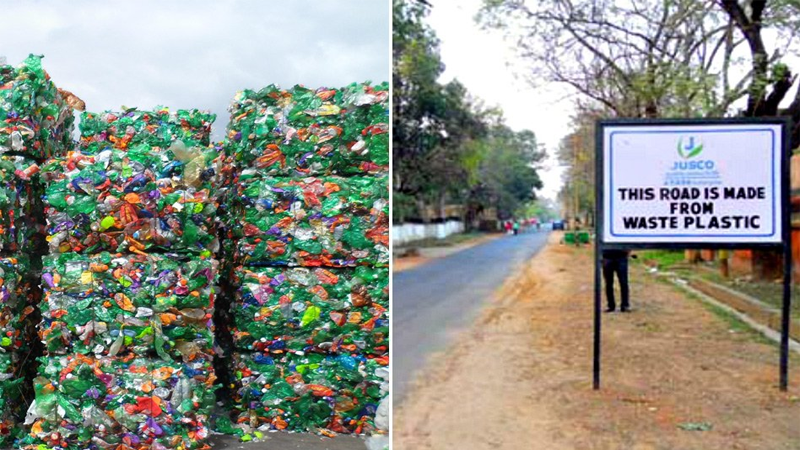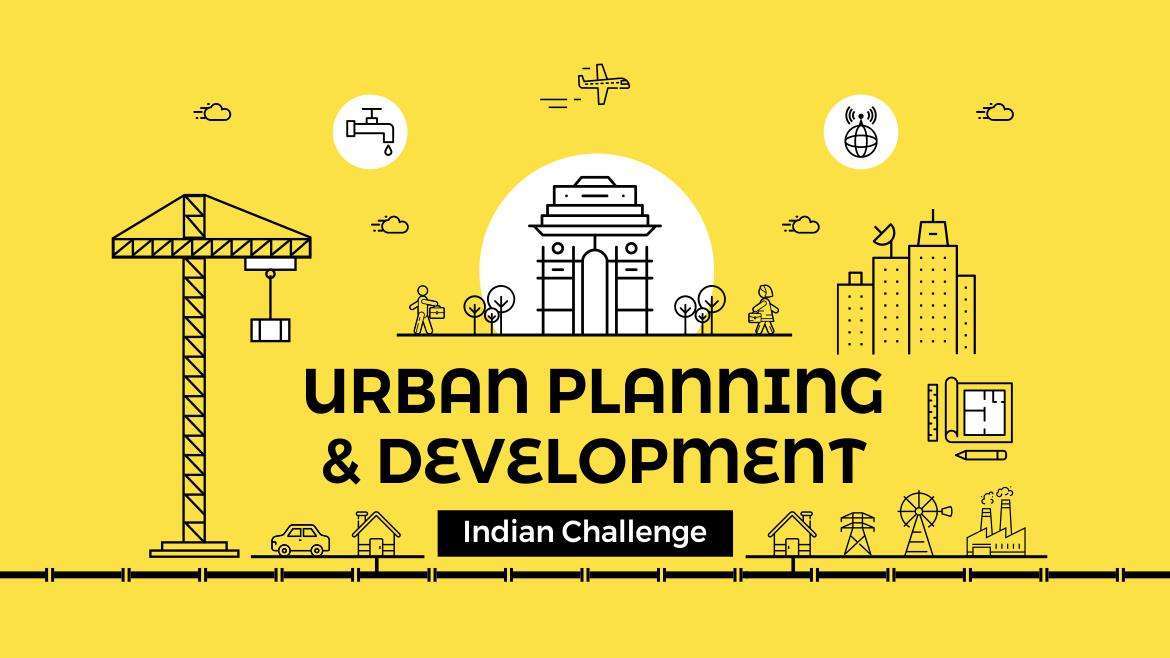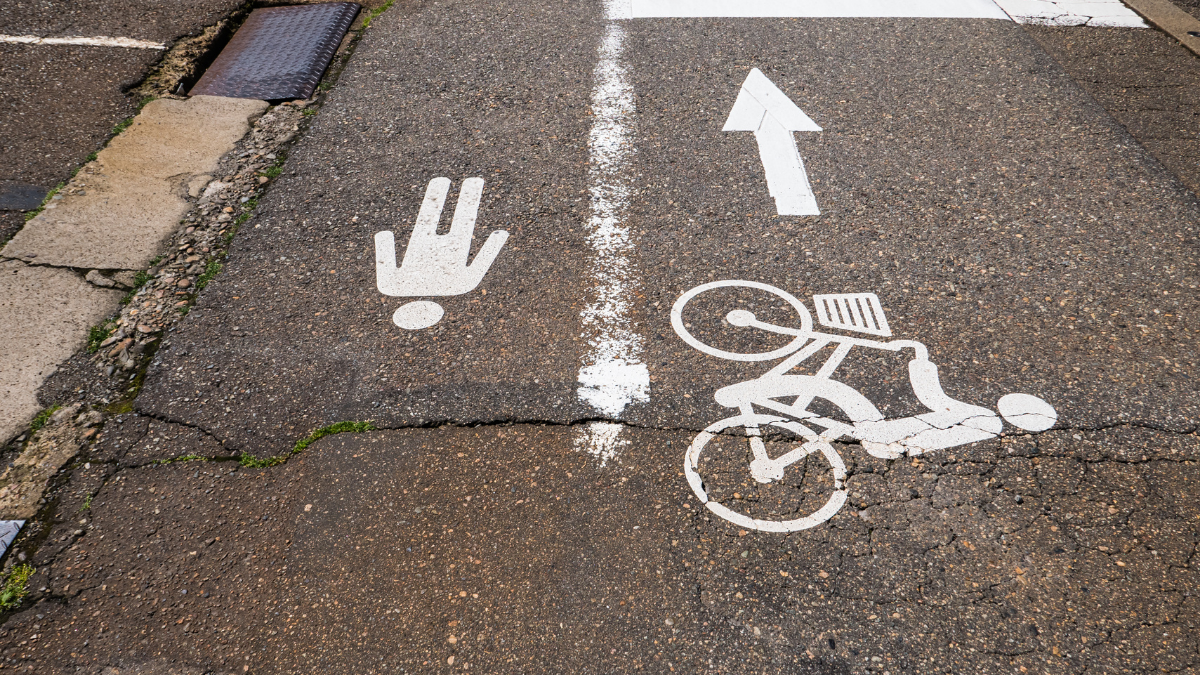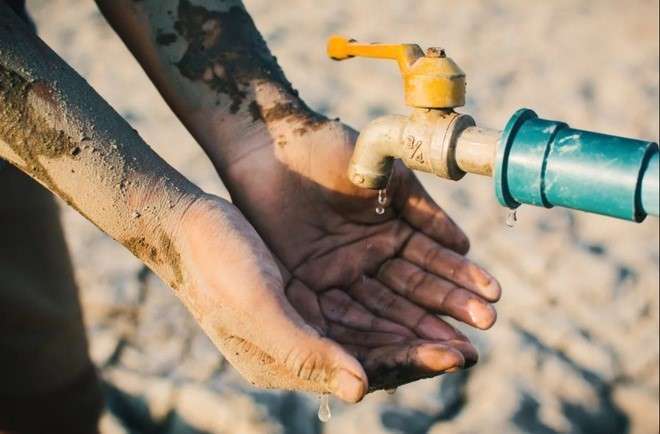Assessment of WASH Systems in Indian Cities
Assessment
of WASH Systems in Indian Cities
Shreeparna Sahoo
1.
Introduction
The world
is rapidly urbanizing, increasing deprived urban settlement populations worsening
marginalization and inequality in access to Water, sanitation, and hygiene(WASH) services for the weakest and most marginalized kids. Though kids in
urban areas usually have improved access to WASH facilities contrasted with kids
in rural areas, serious and acute inequalities within urban areas imply that
the poor urban kids are left out behind, frequently with less or no access to
WASH services.
A WASH
Partnership mutually settled concerning the Water Supply and Sanitation Collaborative Council (WSSCC) and UNICEF, pursue to contribute towards the accomplishment
of the Millennium Development Goals (MDG) seven, target 10, through an amalgamation
of activities focused on influencing policy at the national level and global level,
and achieving behavioral transformation at the local level.
UNICEF is
increasing its focus on urban WASH as part of its global mandate to advocate
for the progressive realization of children’s rights, to work to help meet
their necessity and to develop their prospects to accomplish their complete ability.
2.
Need
Around the world, 2.2 billion
people still actually need access to safe drinking water. The greater part of
the worldwide population doesn't approach safe sterilization. Three billion
individuals do not approach handwashing facilities with soaps. Still, 673
million people practice open defecation
One-third of the total were children,
around 300 million of these children were living in – the worst form of unauthorized
housing form. The necessity for an improved emphasis on town WASH is propelled
by this ever-increasing quantity of susceptible children and their loved ones residing
in deprived urban conditions throughout the globe. It is only through an increased
emphasis on these populations that the world can hope to achieve the objectives
of the Sustainable Development Goals (SDGs), and to reach the most vulnerable
children, wherever they are. The basic action is accompanied by a current proposal
to provide by 2015, safe, affordable, and reliable water, sanitation to around
1.1 billion individuals who do not have access to water supply and to more
than 2.6 billion people who have no adequate sanitation
The effects of polluted water,
sanitation, and hygiene on children can be fatal. More Than 700 children below
the age of 5 die each day of diarrhea illnesses because of a lack of proper WASH
services. In arguments, children are almost 20 times more expected to die from
diarrhea infection than from the argument itself
3.
Aim- Assessing the WASH
System in Indian Cities
4.
Objective-
1.
To assess the WASH System in India
cities to identify the best possible approach for achieving Sustainable
development
2.
To develop the holistic and a comprehensive framework for the WASH System
3.
To promote equitable access to WASH
for the poorest and most marginalized populations.
5.
Framework
The Global Framework for Urban
WASH has been planned over three assistance areas: sector-level, service-level,
and user-level support, along with recommended admittance goals and actions for
engagement in urban WASH. The Structure also considers three different urban situations:
urban slums, small towns, and urban areas and prolonged disaster settings, concentrating
on regions where UNICEF can enhance value, in line up with the organization’s
equity program.
‘Sector-level support’ encompasses
of UNICEF involvements at the union level, targeted at assisting administration
and associating with other organizations’ to reinforce the whole empowering ecosystem
for the effective approach, balanced, and broad urban WASH intrusions.
‘Service-level support’ includes
UNICEF’s work to enhance the supply of water, sanitation, and hygiene facilities
to the urban people, with a strong emphasis on the neediest and most marginalized
children and their groups
‘User-level support’ focuses on priority actions and activities to empower communities and families to claim their rights on WASH; increasing their capacity to actively engage with service providers and policymakers and creating and maintaining social norms that increase access to sustained and inclusive WASH services.
Figure
1 Framework of WASH
Source-
6.
Need of WASH in India
India has made rapid progress in
ending open defecation across the country which is having a huge impact on
improving water, sanitation and hygiene (WASH). Only a couple of years prior, in
2015, almost 50% of India's population of around 568 million people suffered
the indignity of defecating in fields, woods, water bodies, or other public
spaces because of the absence of access to toilets. India alone represented 90%
individuals in South Asia and half of the 1.2 billion population in the world
that defecated in the open.
By 2019, as per the most recent
valuations, the population having no access to toilets has decreased altogether
by an expected 450 million individuals. A huge accomplishment, just conceivable
in view of the Swachh Bharat Mission (SBM) (Clean India Campaign), drove by the
Prime Minister. UNICEF has been a glad accomplice of the Swachh Bharat Mission.
7.
Major Group in India as a part of WASH
Programme
1. Centre for Environment Education (CEE)
2. TERI
3. Global Rainwater Harvesting Collective (GRWHC)
4. International Federation of Environmental Journalists (IFEJ)
8.
Guidelines and Strategy
I.
THE HEALTH DIMENSION
a.
Diarrhea, worm contaminations, and respiratory
diseases are prevalent health concerns and that can be enhanced through executing
WASH enhancements.
Diarrhea is an extremely avoidable
cause of death for children below five.
Worms are propagated through unhygienic surroundings (such as infected
soil or water) and unhygienic behavior. Annually, more than 2 billion people
worldwide suffer from worm infections, 300 million people become severely sick,
and 155,000 people die
b.
Inhibiting and decreased life expectancy from
diarrhea-caused malnutrition
In developing nations, cases of
diarrhea vary from 5-12 episodes per child/year, with the highest rates in the
most vital first two years of life
II.
THE EDUCATIONAL DIMENSION
a.
Due to health difficulties and the lack of accessible
toilets or water collection functions, children are more apt to miss school.
· Although
diarrhea rarely kills children above the age of five, it continues an essential
issue for school-going children: it is the main source of disease and therefore
factors into why children are absent from school.
· Teachers
also skip school due to WASH-related diseases and domestic chores such as water
carrying.
· The
impact of worm decrease programs in schools has been astonishing. A survey in
Jamaica found that children who were nursed against a worm infection performed considerably
better in school than children who did not get treatment.
III.
THE GENDER EQUITY AND INCLUSION DIMENSION
a.
Women devote an excessively large amount of
time to water-centered actions and suffer significant physical burdens. This
harms their health and restricts their entry into the currency economy.
· In many
societies 24hrs water are at the core of women’s traditional responsibilities:
collecting and storing water, caring for children, cooking, cleaning, and
maintaining sanitation within the home or community. These tasks often
represent an entire day’s worth of work as women can spend as much as five
hours a day collecting wood for fuel and getting water, and up to four hours
preparing food. Delivering access to clean water close to the house can significantly
reduce women’s loads and free up time for other monetary activities.
b.
Lack of sanitation obstructs solemnity and
social development
· Regular
absent from school for numerous days a month can, even in the small-term, have
an adverse impact on girls’ learning and their educational performance in
school. Ultimately this can even lead to dropping out entirely.
· School courses
usually do not cover the topic of menstruation and puberty in a girl-approachable
way, and therefore often do not help out girls to understand the alterations in
their maturing bodies. Girls (and boys) should have access to sexual and
reproductive health instruction within formal education courses. However, much
biology textbooks instead contain no reference to menstruation or reproductive
health, leaving girls (and boys) ignorant about the topic
IV.
THE ECONOMIC DIMENSION
a.
High proportion of budget used on water
There are
very few studies on the comparison of price for water between low-income groups
living in informal settlements and households who receive water through
government-initiated house connections
b.
Reduced income-earning potential because of
poor health, time spent collecting water, or lack of business opportunities
requiring water inputs
· The costs
and advantages of enhancements to water supply and sanitation are challenging
to calculate because many advantages are not direct in terms of substantial
changes to economic costs and outputs
V.
THE ENVIRONMENTAL DIMENSION
a.
Unhygienic sanitation pollutes the
environment
· Improved dumping
of human waste safeguards the quality of drinking water resources. At present-day,
more than 200 million tons of human being's excreta, as well as big amounts of
waste water and solid waste, go ungathered and untreated every single year.
This waste contaminates the environment and endangers millions of people from
disease and dust.
VI.
THE FOOD SECURITY DIMENSION
The most referenced and agreed
upon description comes as of the 1996 World Food Summit:
Food security, at the person,
household, national, local, and global levels [is attained] when all people, at
all times have basic and financial access to adequate, safe and nutritious
food to meet their nutritional needs and food inclinations for an active and
healthy life
Figure 2 Strategy for WASH
Source- (United Nations Children’s Fund
(UNICEF), 2019)
9. Status of
WASH Programme in India
The
select six cities are from four regions: Mumbai from the West, Delhi from the
North, Kolkata from the East and Chennai, Bangalore, and Hyderabad from the
South.
Mumbai
had 6 percent in poor and 55 percent in wealthy groups of overall WASH
performance securing the best performing city in 2011-2012. It was followed by
Bangalore with 18 percent for the poor and 49 percent for the wealthy
categories in the same year securing the second-greatest position, although
Bangalore had better overall performance than Mumbai in 2004-2005
The
overall performance of WASH was worst in Hyderabad followed by Kolkata for both
years. Particularly in Hyderabad, the poor were 60 percent and 53 percent in
the subsequent years, and the better-off were 1per cent and 20 percent in the
same years. Likewise, in Kolkata, the shares were 37 percent and 43percent in
the poor class, which were 26 percent and 30 percent in the wealthy in the same
time intervals. There was not much overall variation observed between Delhi and
Chennai
10.
Targets
UNICEF
will emphasize five solutions areas: water, sanitation, hygiene, WASH in
institutions and WASH in emergencies. The scale, scope, and exact nature of
UNICEF engagement across these areas will vary from nation to nation based on circumstance,
specific requirements and the capability of key stakeholders. The balance of
approaches used by UNICEF in each of the results areas will also depend on the
maturity of for each sub-sector as implied by coverage condition and power of nationwide
systems.
Our core responsibility will be to perform where children do not have at least
a basic level of service within each of the results areas and we will also
focus on the more ambitious goal of “safely managed” public services implanted
in SDG 6. The sense of balance among interventions focusing on a “basic”
level of provision and on turning people up the ladder towards “safely managed”
services will be well-versed by the specific context and be dependent upon
priorities, access levels, capacities, and financial resources available.
11.
Recommendations
· Implementing
SDG 6 "clean water and sanitation for all”
·
Affirm the leadership role in managing water
resources advancement and administration, including developing greater
alliances with the private sector and NGOs.
·
Finance in sets of projects that merge
organizations (agencies, rules, and regulations),
·
information techniques (hydro-meteorological, economic,
and social) and infrastructure (natural and constructed) in handling water
resources and water-related threats.
12.
References
1. Sustainability
assessment of urban water systems: a case study; Sajed Motevallian, Massoud
Tabesh, Abbas Roozbahani; 2014
2. Global
Framework for Urban Water, Sanitation and Hygiene; United Nations Children’s
Fund (UNICEF), 2019
3.
System Approaches to Water, Sanitation,
and Hygiene: A Systematic Literature Review; Nicholas Valcourt, Amy
Javernick-Will, Je_rey Walters, and Karl
Linden; 2020
4.
Online Performance Assessment System for
Urban Water Supply and Sanitation Services in India; Vavaliya Jaladhi, Bhavsar
Dhruv, Kavadi Utkarsha, Mohammad Mahroof; 2015
5.
WASH Availability, Accessibility and Inequalities in Select
Metro Cities of India; Shashi Kala Saroj, Md Juel Rana, Bikramaditya K.
Choudhary, Srinivas Goli
6.
Mercy Corps Water, Sanitation and Hygiene
Guidelines; USAID; 2008-2009
Related Articles

Plastic Roads: Use of Waste Plastic in Construction of Roads

PLANNING IN INDIA

Active Mobility in Kochi
Indian cities can better leverage technology





